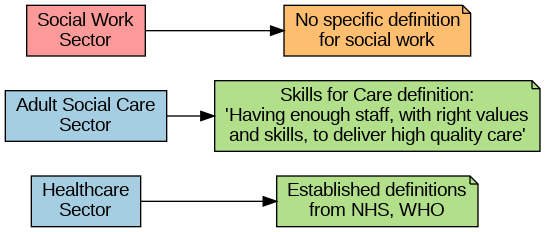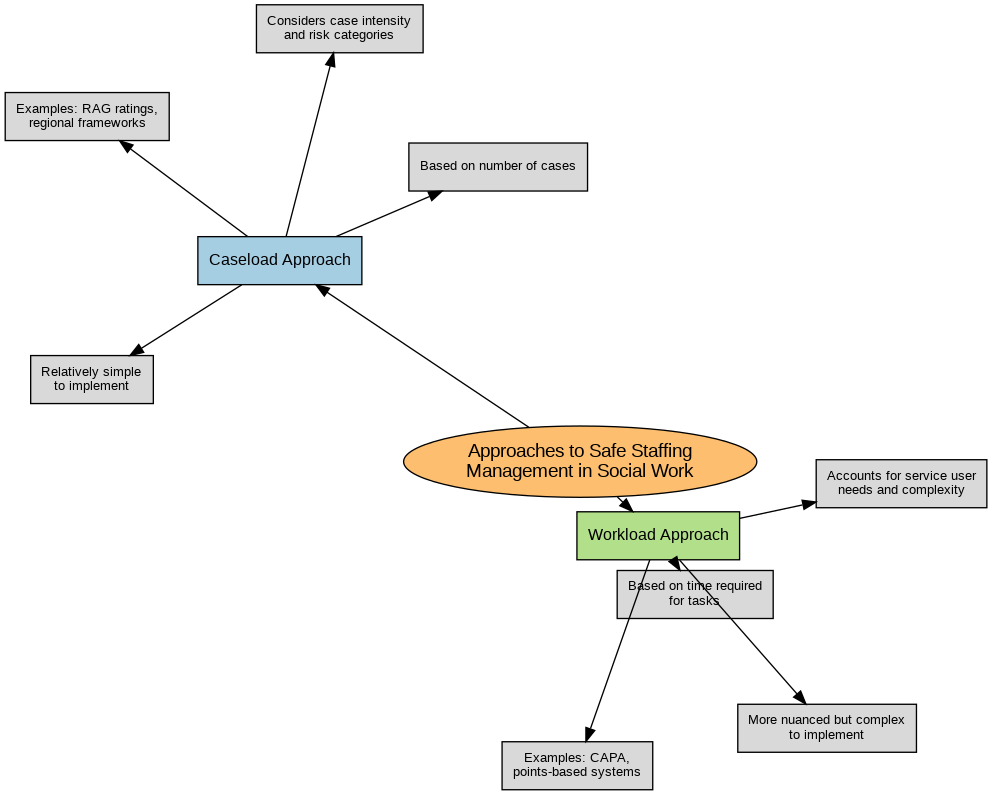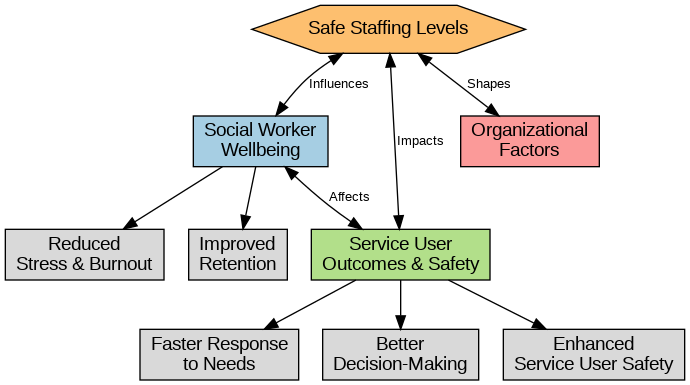
Background and Context
Research Purpose
This scoping review examines safe staffing in social work to inform planned legislation in Northern Ireland regarding staffing levels across the governmental sector.
Methodology
Researchers conducted a scoping review of English language databases, websites, reference lists, and grey literature to map key concepts in the field.
Review Focus
The study focused on three domains: definitions of safe staffing, legislation/policy frameworks, and practical implementation approaches in social work.
Lack of Social Work-Specific Definitions for Safe Staffing

- No social work-specific definitions of safe staffing exist in the UK, with definitions borrowed from health services.
- Definitions typically focus on two dimensions: safety of service users and safety of practitioners themselves.
- The authors propose a tentative definition emphasizing sufficient staff with appropriate skills to provide sustainable quality care.
Varying Safe Staffing Approaches Across UK Nations

- Each UK nation has developed different policies and standards related to safe staffing in social work.
- Scotland has legislation-backed workforce planning while Wales has nurse-specific legislation that could inform social work approaches.
- Northern Ireland is considering dedicated social work safe staffing legislation, potentially the first of its kind.
International Examples Primarily Focus on Children's Services

- International examples of safe staffing policy and legislation focus almost exclusively on child protection services.
- Finland has implemented laws limiting children's social workers to a maximum of 35 cases, reducing to 24.
- USA state-level approaches include specific caseload limits, with recommended ranges between 12-25 cases per worker.
Caseload vs. Workload Approaches in Managing Safe Staffing

- Social work organizations employ either simple caseload counting or complex workload time-allocation approaches to manage staffing.
- Caseload approaches are simpler to implement but fail to account for varying case complexity and intensity.
- RAG (Red-Amber-Green) ratings and point-based systems represent practical attempts to balance simplicity with nuance in allocation.
Links Between Safe Staffing, Worker Wellbeing and Service Quality

- Research indicates caseloads exceeding 15 significantly increase the percentage of social workers reporting unmanageable workloads.
- Worker wellbeing, retention, and service user safety are conceptually linked in the safe staffing framework.
- Excessive workloads contribute to burnout and intention to leave, potentially compromising service quality and user safety.
Contribution and Implications
- This research provides the first comprehensive review of safe staffing in social work to inform policy development.
- Policymakers should consider both worker wellbeing and service user safety when developing safe staffing legislation.
- Social work could benefit from adopting and adapting approaches used in nursing where evidence is stronger.
- The concept of safe staffing needs greater conceptual clarity, consensus on definitions, and evaluation for effectiveness.
- Further research is needed to establish precisely what constitutes "safe" staffing across different social work contexts.
Data Sources
- Finding 1 visualization is based on the "Domain of interest one: defining safe staffing in social work" section.
- Finding 2 visualization is based on the "Safe staffing policy and legislation across borders" section.
- Finding 3 visualization draws from Table 1 and international examples cited throughout the paper.
- Finding 4 visualization is based on the "Domain of interest three: safe staffing in practice" section.
- Finding 5 visualization is based on Social Work Scotland's findings and the discussion of burnout and retention.





